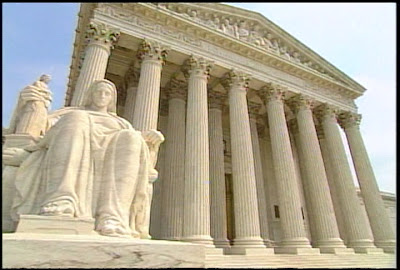 |
| August 25: Talking with folks in Lebanon Pa about healthcare |
Today marks the end of my one-year journey around the state of Pennsylvania. This summer I spent a lot of time reflecting on how I was going to conclude this year-long experience for today’s post. What has been the most prominent lesson I’ve learned? What was the meaning of this project? The answer came to me last week when I bought a hotdog.
It was a fundraiser to assist with medical costs for a woman who was battling cancer. While I do not know the particulars of the situation, images of similar events entered my consciousness: the tin can on a coffee shop counter, a bake sale, a car wash. Everyone has seen similar acts of kindness, charity to help those unfortunate enough to get sick. While charity is an admirable thing, it has challenged me to ask if this is what we have come to consider public policy? In one of the most developed nations in the world, it seems that there is something wrong when a health insurance company takes in record profits while its citizens are left to pay for healthcare with a tin can.
This past year I interviewed dozens of people and did countless hours of research on “wonky” healthcare policy. In the end, I have discovered this year was about one thing: social justice. I’ve met small business owners who are priced out of access, those on the individual market who receive sub-par coverage, full time workers who are forced to remain uninsured, seniors struggling with getting prescriptions and families battling against some of the most egregious practices of the the health insurance industry. All of them existing in a system that is stacked up against them. A system of public health policy that allows the insurance industry to take advantage of the the health consumer.
While I have studied the PPACA at great length this year, I can admit it has its share of flaws. We still have our work ahead of us. In the end though, it is a big step towards putting the power back in the hands of the health consumer and holding health insurance companies accountable to the services they provide us. As we move forward in ensuring access to healthcare for those that have been shut out, we need to keep asking ourselves if we want to go back to social policy that comes in the form of a hotdog or policy that puts our personal health on the horizon.
Thank you to all of you that have followed me this past year! Holly
Looking for a GUEST SPEAKER on healthcare and The New Healthcare Law? Contact Holly Dolan. Through the art of storytelling, Holly takes you on her year-long tour around Pennsylvania with an interactive and informative presentation. CLICK HERE for more information.
















